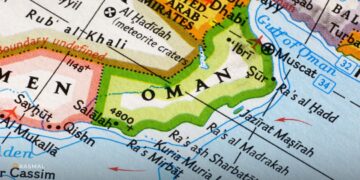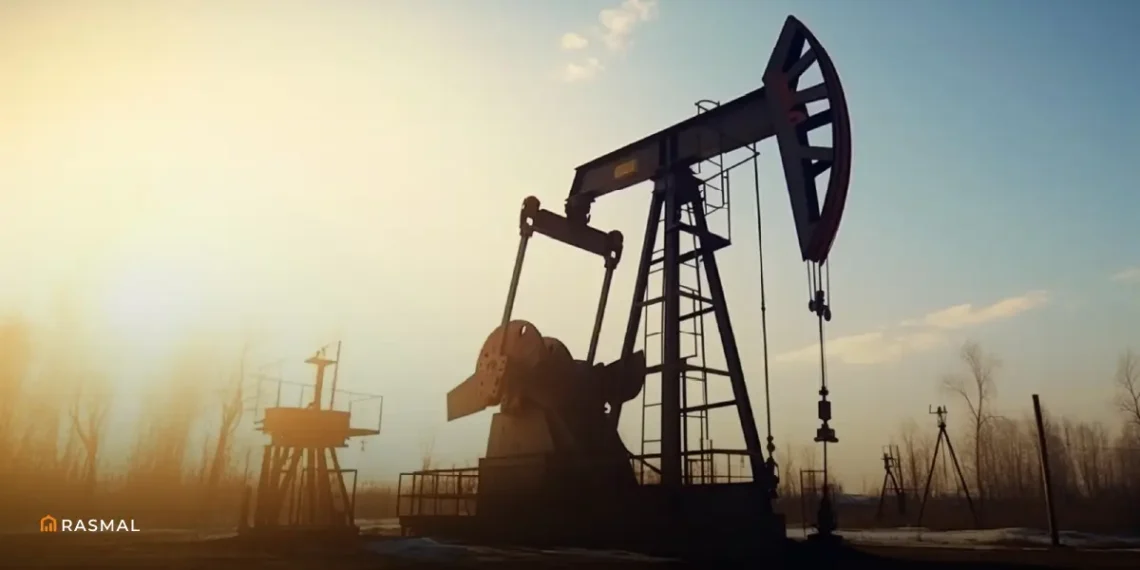- The Arab oil and gas sector has attracted 610 projects worth $406 billion from January 2003 to May 2024, involving 356 foreign and Arab companies.
- The United States leads in the number of projects with 85, making up 14% of the total, while Russia is the top investor by cost, contributing $61.5 billion, or 15.2% of the total investment.
- According to Dhaman’s 2024 report, proven oil reserves in the Arab region are expected to decline from 704 billion barrels in 2024 to 654.5 billion barrels by 2030.
- Proven natural gas reserves are forecasted to drop from 58 trillion cubic meters in 2024 to 53.53 trillion cubic meters by 2030.
The oil and gas sector across Arab nations has become a focal point for significant investments, attracting a total of 610 projects valued at $406 billion.
This extensive engagement spans from January 2003 to May 2024 and involves 356 foreign and Arab companies.
Leading Investors and Investment Costs
Among the countries investing in the Arab oil and gas sector, the United States stands out as the leading contributor in terms of the number of projects.
It has initiated 85 projects, accounting for approximately 14 percent of the total. Russia, however, tops the list regarding investment costs.
Russian investments amount to $61.5 billion, representing 15.2 percent of the overall investment, according to global foreign direct investment data.
Projections for Oil and Gas Reserves
The Arab Investment and Export Credit Guarantee Corporation (Dhaman) has released its inaugural sectoral report on the oil and gas industry for 2024.
The report highlights anticipated changes in proven reserves in the Arab region. It forecasts a decrease in proven oil reserves to 704 billion barrels by 2024, which will account for about 41.3 percent of the global total.
By 2030, these reserves are expected to decline further to 654.5 billion barrels, a reduction of 7 percent.
Similarly, proven natural gas reserves are projected to reach around 58 trillion cubic meters by 2024, representing 26.8 percent of the global total.
This figure is anticipated to decrease by 7.5 percent to 53.53 trillion cubic meters by 2030.
Production Forecasts
The report also presents optimistic projections for production levels in the Arab region. It expects an increase in the production of crude oil, compressed gas, and other liquids.
By 2024, production is projected to rise by 6.4 percent, reaching 28.7 million barrels per day. This upward trend is expected to continue, with production estimated to reach approximately 33 million barrels per day by 2030.
Overall, the oil and gas sector in Arab countries remains a crucial component of the global energy landscape.
The significant investments and production increases underscore the region’s ongoing role in meeting global energy demands, despite the anticipated decline in reserves.
Follow us on Instagram, LinkedIn, and Twitter for startup & business news and inspiring stories of MENA businesses, entrepreneurs, startups, innovators, investors, and change-makers.
To report any issue or error in the story, please email us editor [at] rasmal [dot] com.
Last Updated on August 8, 2024 by Safiya K
























